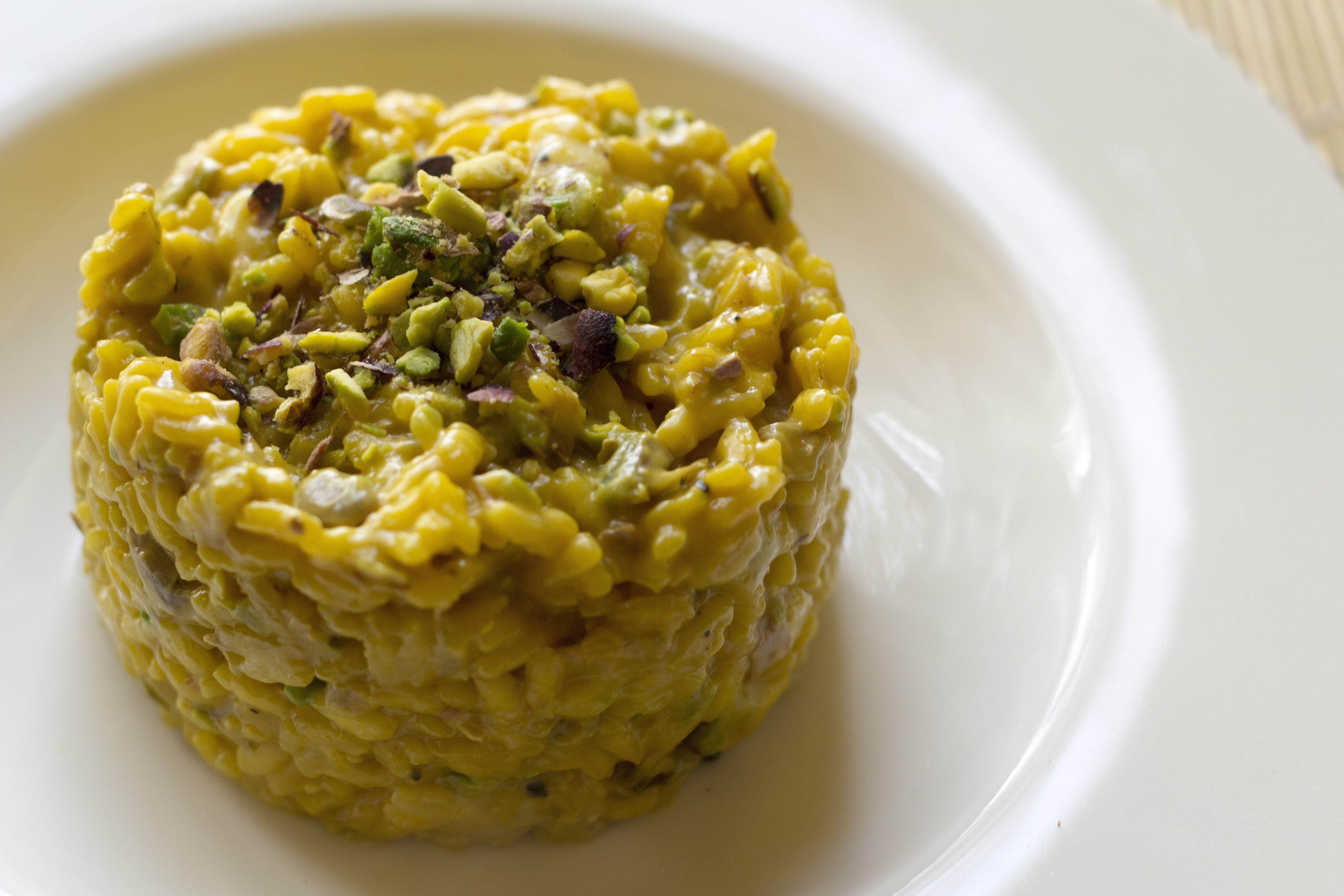Though often mistaken as a mere side to meats or seafood, risotto stands on its own as a dish of depth, technique and regional pride. Creamy yet al dente, plain yet luxurious, it has come to represent the culinary soul of northern Italy. At its heart lies a simple idea: coaxing maximum flavour from rice, one ladle of broth at a time.
Rice first arrived in Italy via Arab traders in the Middle Ages, taking root in the humid plains of the Po Valley. The flat lands of Lombardy and Piedmont, with their plentiful water and temperate climate, proved ideal for cultivating short-grain varieties such as Arborio, Carnaroli and Vialone Nano – rices prized for their ability to absorb liquid while maintaining a tender core. By the 15th century, rice had become a staple in northern Italian cuisine, particularly in Milan, where the earliest versions of risotto began to appear.
The risotto we know today evolved from a method of slowly cooking rice in stock, stirring constantly to release its starches and create a creamy consistency without the use of cream. The most famous version – risotto alla Milanese – is believed to have emerged in the 16th century, its golden hue the result of saffron, a spice introduced to Italy through Mediterranean trade routes. Legend has it that a Milanese glassmaker added saffron to his daughter’s wedding feast for colour and good fortune, accidentally giving birth to one of Italy’s most iconic dishes.
Over the centuries, risotto became a canvas for regional expression. In Veneto, seafood risottos reflect the influence of the Adriatic, while in Piedmont, earthy mushrooms or truffles flavour the dish. In Friuli, smoked cheeses or pork enrich the rice, and in Liguria, fresh herbs and lemon zest add brightness. Despite these variations, the technique remains consistent – a slow simmer, constant stirring, and careful layering of flavour.
In Cyprus, where short-grain rice is readily available and local broths, wild greens or mushrooms abound, risotto has found its way into contemporary kitchens. Some chefs have even experimented with Cypriot cheeses or herbs to bring a regional twist to the northern Italian classic.
What elevates risotto is not its ingredients alone, but the care and attention it demands. It is a dish that resists shortcuts – the broth must be hot, the rice stirred patiently, the timing precise. In return, it offers a kind of quiet luxury, proof that even the humblest ingredients can yield extraordinary results.







Click here to change your cookie preferences